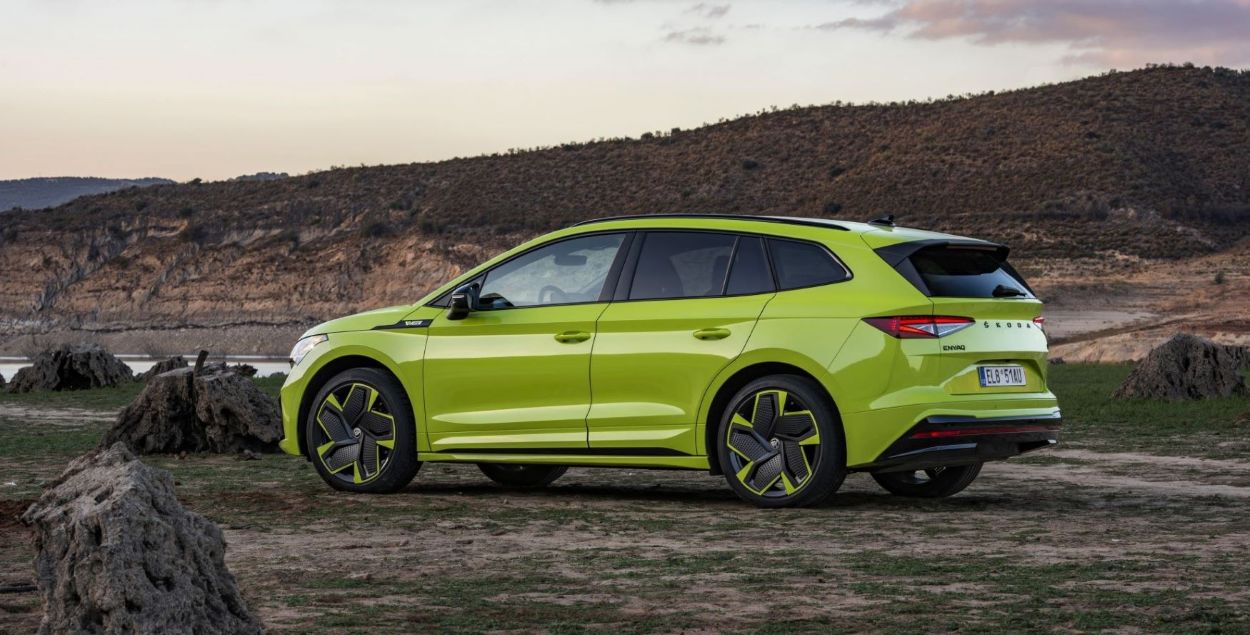By Manuel Montefalcone
The future still belongs to electric: Now that rebates and other incentives to buy electric cars have been phased out, the transition has slowed. But research is bringing new momentum to electric mobility.
Cars are to be built almost without new raw materials in the future. That corresponds to more than 1.5 metric tons of material conserved per vehicle. Researchers from the Fraunhofer Institute for Machine Tools and Forming Technology IWU are working on this recyclable electric vehicle in the EU’s ZEvRA project. By 2035, EU regulations call for new cars to be made almost entirely from parts that have been recycled, overhauled, repurposed, repaired, or reused. Under the leadership of Fraunhofer IWU, a project consortium comprising 28 European partners, including five automotive manufacturers, is developing approaches to lower resource usage in automotive manufacturing. The model consists of the key material classes that make up more than 84 percent of the materials used in a typical electric car. After that, the partners will create a demonstration vehicle that incorporates the physical and virtual results. ZEvRA is intended to spark developments in industry and the research sector that will shrink the carbon footprint per car by at least 25 percent in the future.
The future still belongs to electric, say the researchers involved in the Fraunhofer Transport Alliance. “Electric mobility is our only hope of reaching Germany’s climate targets,” says engineer Felix Horch, member of the Fraunhofer Transport Alliance and head of the Sustainable Energy Systems department at the Fraunhofer Institute for Manufacturing Technology and Advanced Materials IFAM. Plans call for reducing greenhouse gas emissions by at least 65 percent between now and 2030 and 88 percent by 2040, with Germany reaching net zero by 2045. Those are the targets set out in the German Federal Climate Change Act (Klimaschutzgesetz, KSG), which the Bundesrat approved on a final basis in May. “Based on what we currently know, it would make no sense to stubbornly cling to the combustion process as a drive option. Electric motors are much more efficient, plus they are climate neutral.” Prof. Thilo Bein, another member of the Fraunhofer Transport Alliance and the head of knowledge management at the Fraunhofer Institute for Structural Durability and System Reliability LBF, concurs: “Cars will definitely be powered by electric batteries in the future. But for smaller, medium, and large commercial vehicles, we’ll see a diversification in powertrains. Hydrogen, e-fuels, and fuel cells could also be used in this segment, at least for long-haul transportation.”
The charging infrastructure has some catching up to do. According to figures from the German Federal Network Agency, there were 120,500 EV charging points in Germany in November 2023. That number is rising, but right next door in the Netherlands, charging points are springing up everywhere. There are 144,450 charging stations, which works out to 111.8 charging points for every 100 kilometers of road — more than twice as many as in Germany. The country needs to keep up on two fronts: charging infrastructure and EV production. “The competitiveness of technological solutions really counts — success will only come to those who can manufacture them cost-efficiently in global competition,” Horch notes.
Scientists at the Fraunhofer Research Fab Battery Cells FFB in Münster have been working on this for three years now. The facility, which encompasses some 6,800 square meters of research space, aims to advance the production processes for battery cells made in Germany. The protected environment provided by the FFB PreFab gives partners from a wide range of industries the opportunity to work with Fraunhofer researchers to run through their development and commercialization processes for existing and future cell formats at an accelerated pace. “Through our work, we can help lower the manufacturing costs of battery cells,” explains Dr. Thomas Paulsen, head of the Strategic Business Development department at Fraunhofer FFB. “The cell is one of the most important parts of a battery pack. So if, for example, we can reduce the waste generated during ramp-up of a production facility, that drives costs down as well,” he points out. “This means our work is helping to make batteries for EVs cheaper and achieve technological sovereignty in Europe as well, since so far, about 80 percent of the battery cells in European cars come from Asia.” There are plans to build another 20,000 square meters of production and research space soon to enable industrial production research in the gigawatt range, marking an important step toward an electrified future in the automotive sector.
The article was originally published in the second issue of Fraunhofer Magazine 2024.



